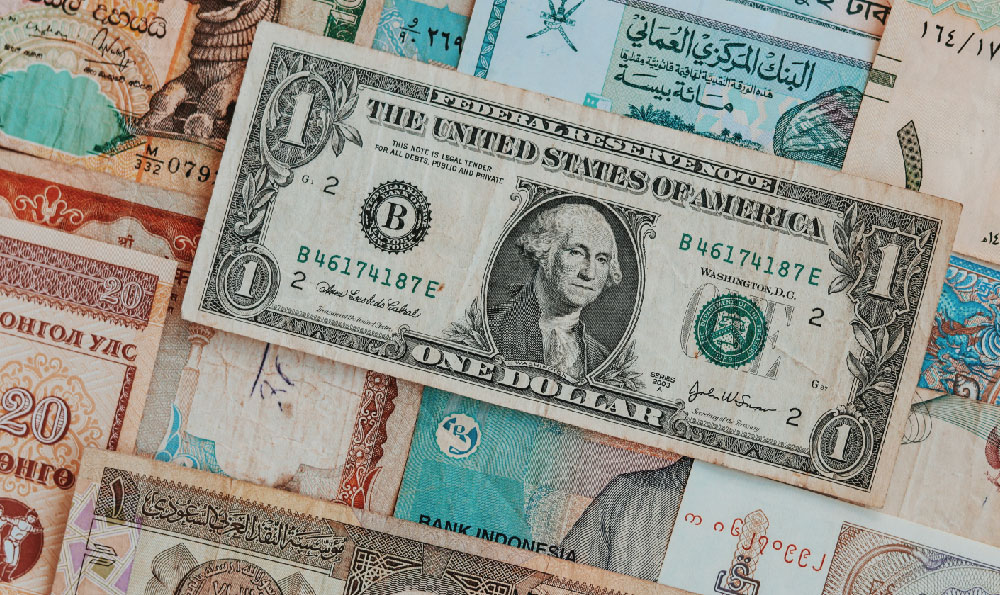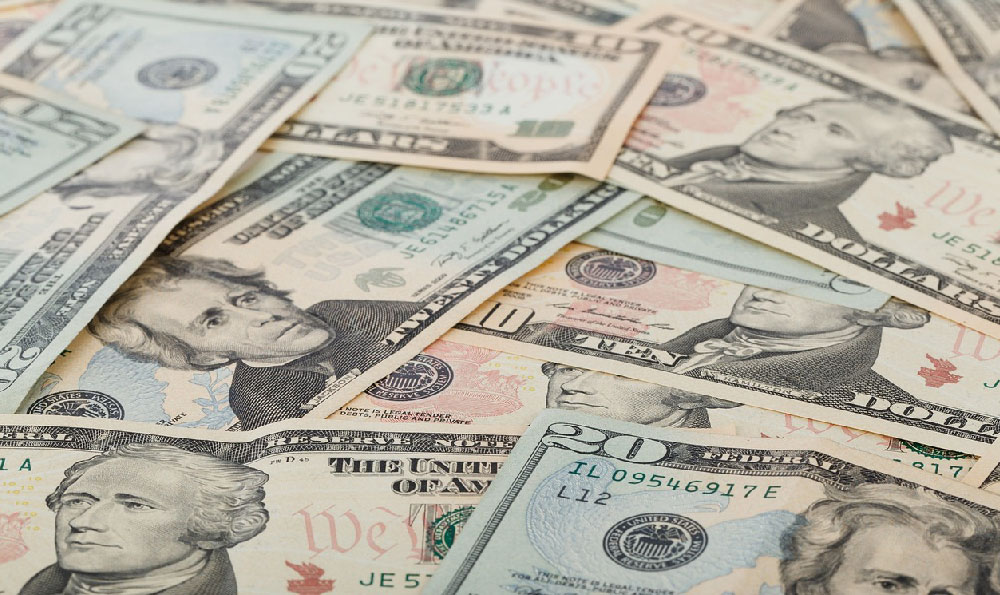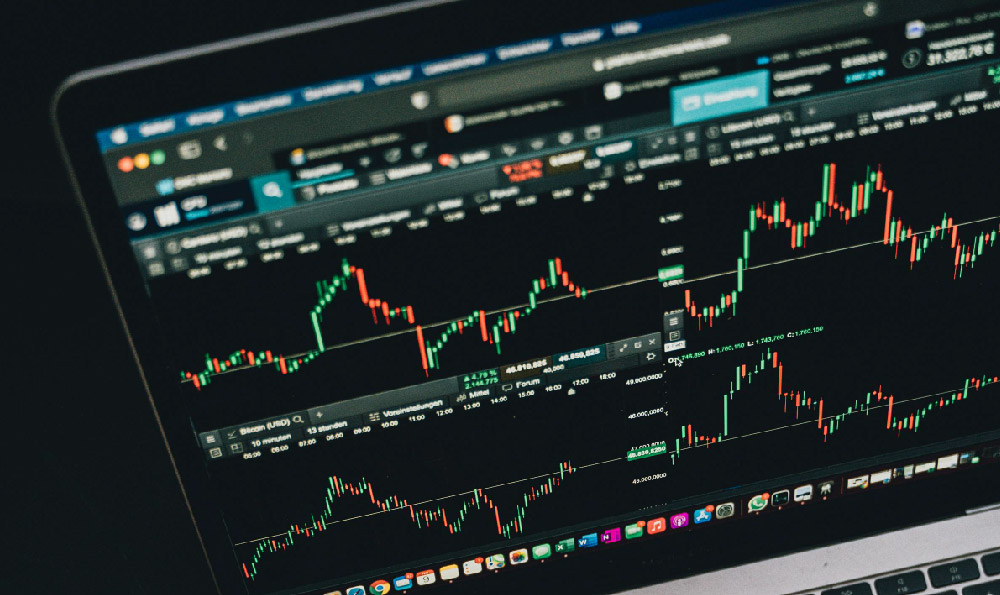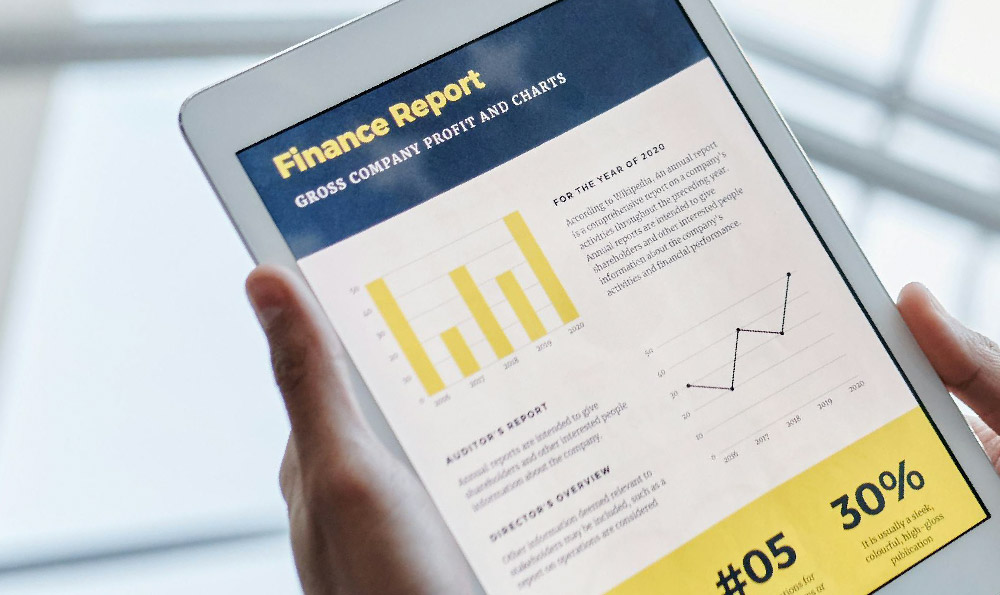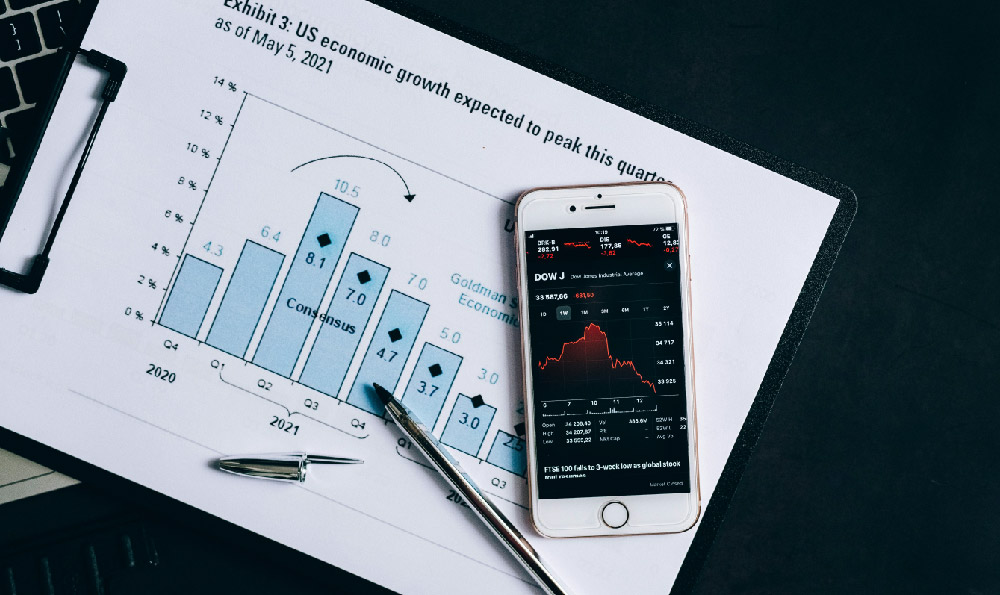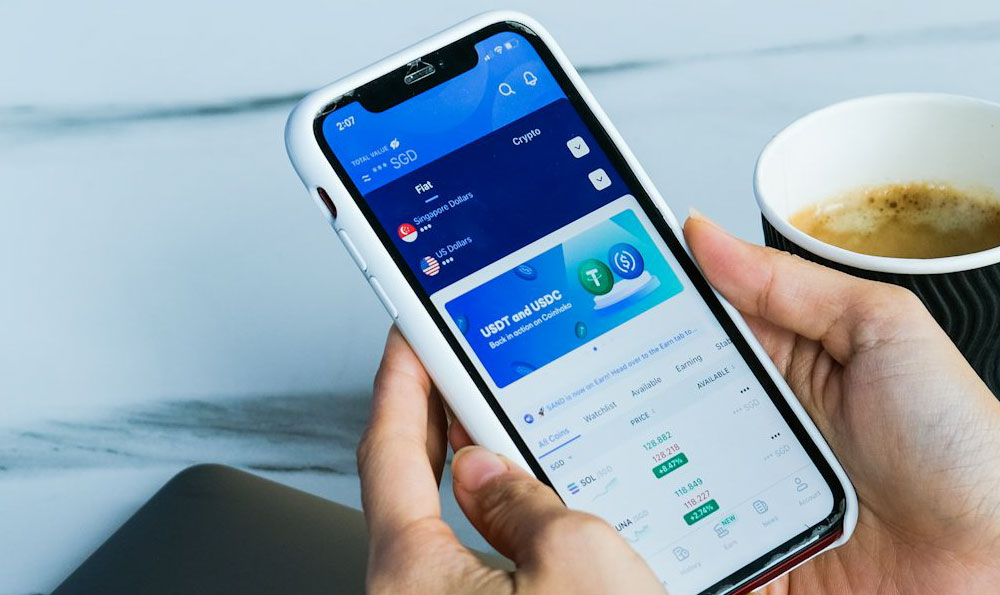Do DoorDash or Uber Eats: Which Pays More?

Navigating the gig economy landscape, particularly when choosing between platforms like DoorDash and Uber Eats, requires a nuanced understanding of various factors that influence earning potential. While there's no definitive "winner" as the higher-paying option, a strategic approach can help maximize your profits regardless of which platform you prioritize.
Several elements contribute to the variability in earnings between DoorDash and Uber Eats. These include location, time of day, demand, surge pricing (or its equivalent), acceptance rate, vehicle type, and even the delivery driver's efficiency and strategic decision-making. A dense urban environment, for instance, may offer more frequent delivery requests and shorter distances, potentially leading to higher overall earnings compared to a suburban or rural area. Similarly, peak hours, such as lunch and dinner rushes, typically command higher pay due to increased demand. It's during these times that both platforms often implement surge pricing or similar incentives to attract more drivers and meet customer needs.
Acceptance rate, while sometimes perceived as a critical metric, should be approached with caution. Both DoorDash and Uber Eats track acceptance rates, but declining too many orders might result in fewer opportunities or even temporary deactivation. However, blindly accepting every order is not a profitable strategy. It's crucial to evaluate each offer based on its pay-to-mile ratio, estimated delivery time, and the overall profitability of the task. Accepting low-paying orders, especially those involving long distances or difficult parking situations, can significantly erode your hourly earnings. Instead, focus on strategically selecting orders that offer the best value for your time and resources.
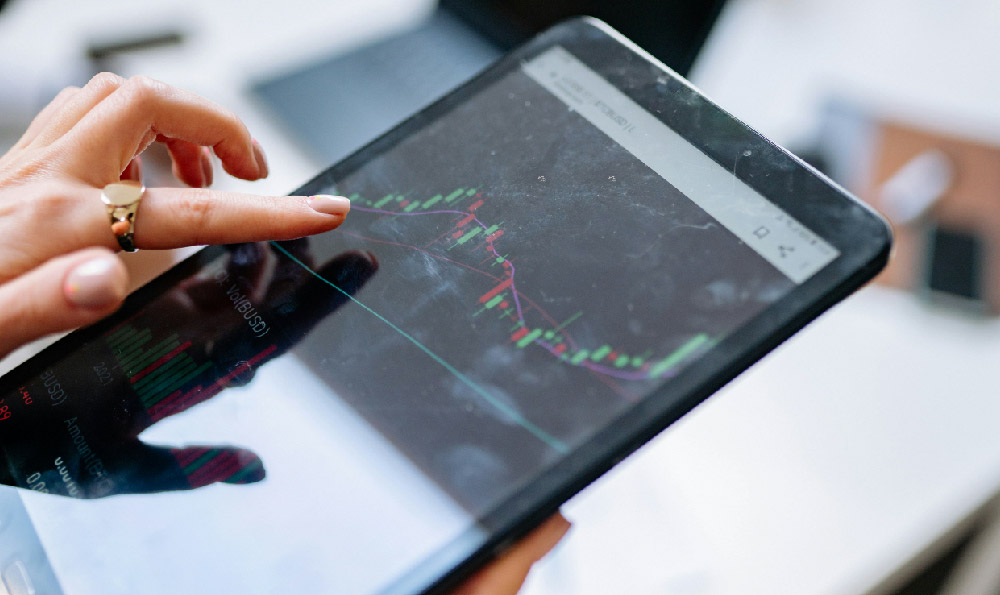
The type of vehicle you use can also influence your earning potential. While both platforms generally accept a wide range of vehicles, a fuel-efficient car or motorcycle can significantly reduce your operating expenses, translating to higher net earnings. Larger vehicles might be suitable for delivering larger orders or catering deliveries, but they often come with higher fuel costs and increased wear and tear. Therefore, choosing the right vehicle for the job is an important factor to consider.
Beyond these external factors, a driver's own efficiency and strategic decision-making play a crucial role in maximizing earnings. Efficient route planning, utilizing navigation apps to avoid traffic congestion, and optimizing parking strategies can all contribute to faster delivery times and more completed orders. Furthermore, understanding the nuances of each platform's interface and utilizing features like scheduling blocks (on DoorDash) or taking advantage of promotional offers can provide a competitive edge. Learning to identify high-demand areas and strategically positioning yourself in those locations can also increase your chances of receiving more lucrative offers.
Instead of viewing DoorDash and Uber Eats as mutually exclusive options, many drivers find it beneficial to utilize both platforms simultaneously. This strategy, known as multi-apping, allows you to receive offers from both platforms and choose the most profitable option at any given time. However, multi-apping requires careful management to avoid accepting conflicting orders or delivering orders late. It's essential to prioritize accuracy, communication, and timely deliveries to maintain a positive reputation on both platforms.
Another critical aspect of maximizing earnings is meticulous tracking of expenses. This includes fuel costs, maintenance expenses, insurance premiums, and any other costs associated with your delivery activities. By accurately tracking these expenses, you can determine your true net earnings and make informed decisions about which platforms and strategies are most profitable for you. Furthermore, maintaining detailed records is essential for tax purposes, as delivery drivers are typically considered independent contractors and are responsible for reporting their earnings and claiming applicable deductions.
In addition to focusing on immediate earnings, it's also important to consider long-term sustainability. Regular vehicle maintenance, safe driving practices, and prioritizing your own well-being are all essential for a long and successful career in the gig economy. Pushing yourself too hard or neglecting your vehicle can lead to costly repairs, accidents, or burnout, ultimately impacting your earning potential.
Ultimately, determining which platform pays more – DoorDash or Uber Eats – is a highly individual and dynamic assessment. The optimal strategy involves experimenting with both platforms, analyzing your own data, and adapting your approach based on your specific circumstances and preferences. There's no one-size-fits-all answer, and the key to success lies in a combination of strategic decision-making, efficient execution, and a commitment to continuous learning and improvement. Remember to prioritize safety, maintain excellent customer service, and stay informed about platform updates and changes to optimize your earnings in the ever-evolving gig economy landscape.

